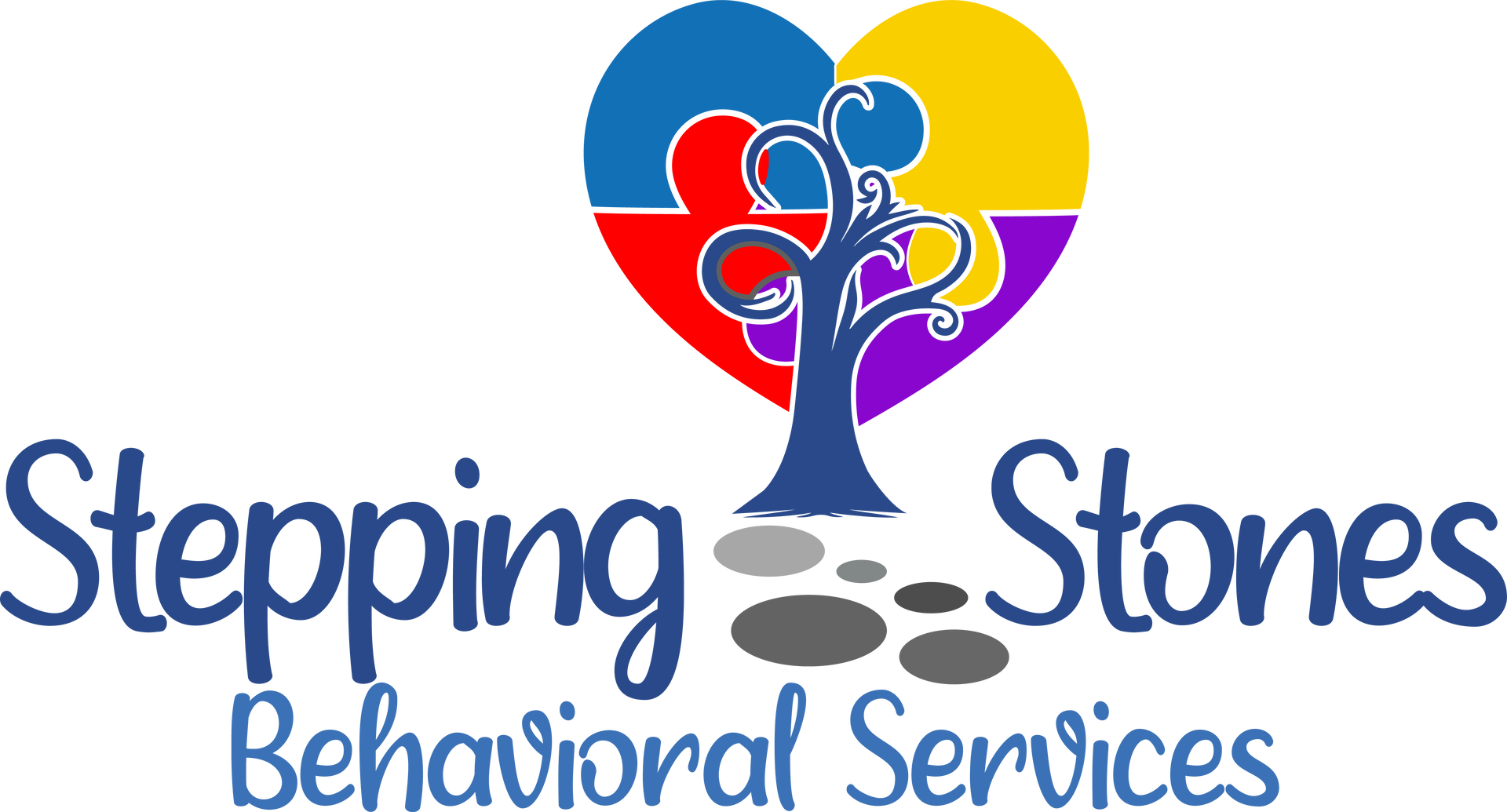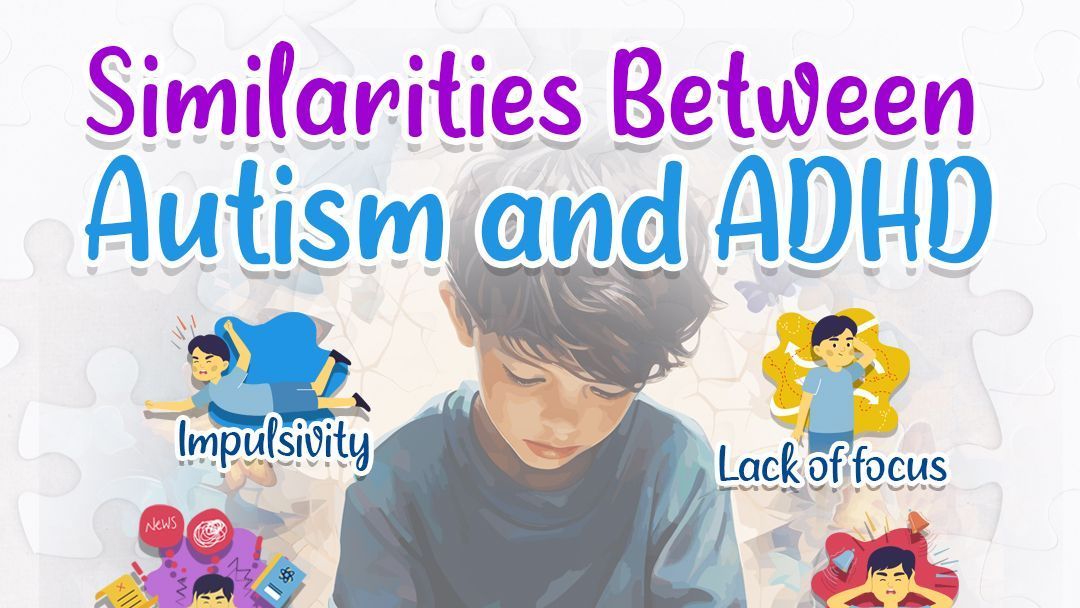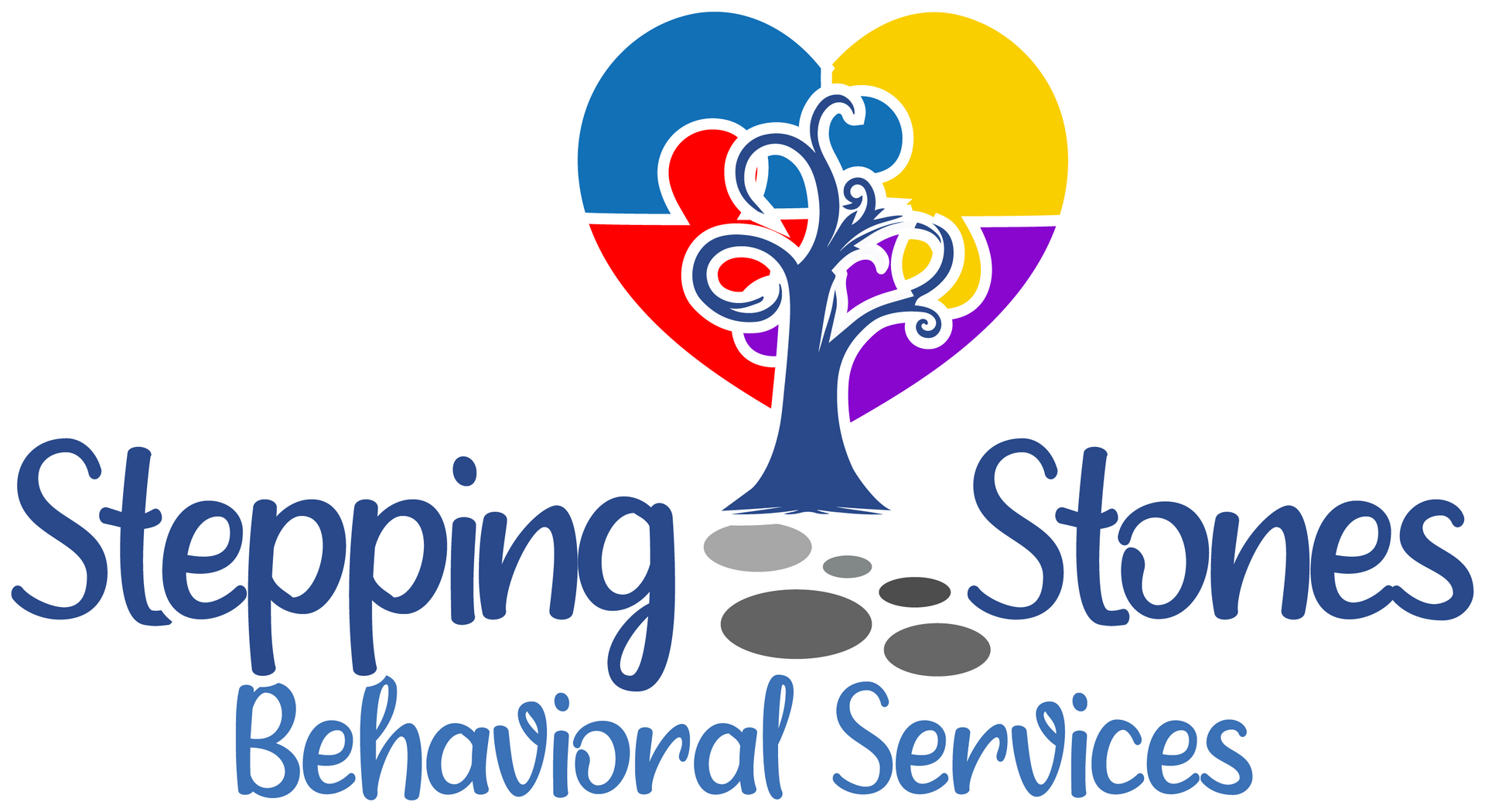
Now accepting new clients
ABA Therapy with Other Therapeutic Approaches: A Collaborative Path to Success
Can ABA Therapy Be Combined with Other Therapies?
The answer is yes! ABA therapy can be successfully combined with various therapies, including occupational therapy (OT), speech therapy (ST), physical therapy(PT), and other psychological therapies tailored to the child’s specific needs. In fact, a collaborative approach is often highly beneficial for children with autism and other developmental conditions, as it provides a more comprehensive and well-rounded support system. At Stepping Stones Behavioral Services, we work closely with a range of professionals, including occupational therapists, speech therapists, physical therapists, and mental health professionals, to ensure your child receives the most effective, holistic care possible.

How Do We Collaborate with Other Therapies?
At Stepping Stones Behavioral Services, collaboration is key. We actively communicate with your child's occupational, speech, physical, and mental health therapists to align our goals and approaches. This ensures that everyone on the care team is working towards the same overall objectives, whether it's improving language skills, increasing independence with daily living activities, or building physical coordination. By combining ABA with other therapies, we can address your child’s needs from multiple angles, making therapy more effective and comprehensive. Our goal is to help your child make progress across all areas of development, and by integrating various therapeutic approaches, we can provide a well-rounded treatment plan that maximizes your child’s potential.
Here’s a breakdown of how these therapies differ from ABA and how they can complement each other:
Applied Behavior Analysis (ABA) Therapy
- ABA therapy focuses on improving socially significant behaviors by using evidence-based strategies to teach new skills and reduce challenging behaviors. The core of ABA is understanding the relationship between behavior and the environment, allowing us to modify both to promote positive change. ABA is highly individualized and targets a range of areas, including communication, social skills, academic learning, and daily living skills.
Occupational Therapy (OT)
- Occupational therapy addresses motor skills, sensory processing, and daily living tasks, such as dressing, feeding, and grooming. While ABA focuses on behavior and skill acquisition, OT emphasizes helping children perform everyday activities more independently by improving physical coordination, sensory integration, and motor planning.
Speech Therapy (SLP)
- Speech therapy focuses on developing communication skills, including speech, language, and social communication. While speech therapy targets the mechanics and structure of communication, ABA emphasizes how to use communication effectively in everyday situations without challenging behaviors. Together, they help your child improve both the ability to communicate and the motivation to do so.
Physical Therapy (PT)
- Physical therapy targets gross motor skills, such as walking, balance, posture, and strength. Children with developmental delays or physical challenges often benefit from PT to improve mobility and physical function. While ABA addresses behaviors and learning strategies, physical therapy focuses on enhancing physical abilities needed for daily activities.
Psychological Therapy
- In cases where children experience emotional or behavioral challenges, integrating psychological therapies—such as cognitive behavioral therapy (CBT) can provide additional support. Cognitive therapy, often associated with Cognitive Behavioral Therapy (CBT), primarily focuses on identifying and changing negative thought patterns and beliefs that contribute to emotional and behavioral issues. It emphasizes the role of cognition in influencing behavior and aims to help individuals develop healthier thought processes to manage their feelings and actions effectively. In contrast, Applied Behavior Analysis (ABA) is centered on understanding and modifying observable behaviors through reinforcement strategies and systematic data collection. While ABA targets specific behaviors and skills through environmental modifications, cognitive therapy addresses the underlying thoughts and emotions that may lead to those behaviors. Together, they can complement each other, but they operate from distinct theoretical frameworks and methods of intervention.
Conclusion
In summary, ABA therapy can be effectively combined with other therapies like occupational, speech, and physical therapy to create a comprehensive and individualized treatment plan for your child. Each therapy targets different developmental areas, and together, they can enhance your child's progress. At Stepping Stones Behavioral Services, we believe in the power of collaboration and strive to provide a personalized approach to therapy that meets the unique needs of every child, ensuring they receive the comprehensive support and guidance necessary for their growth and development.
Useful Links
All rights reserved | Stepping Stones Behavioral Services Inc.
Powered by Altech Web Design






